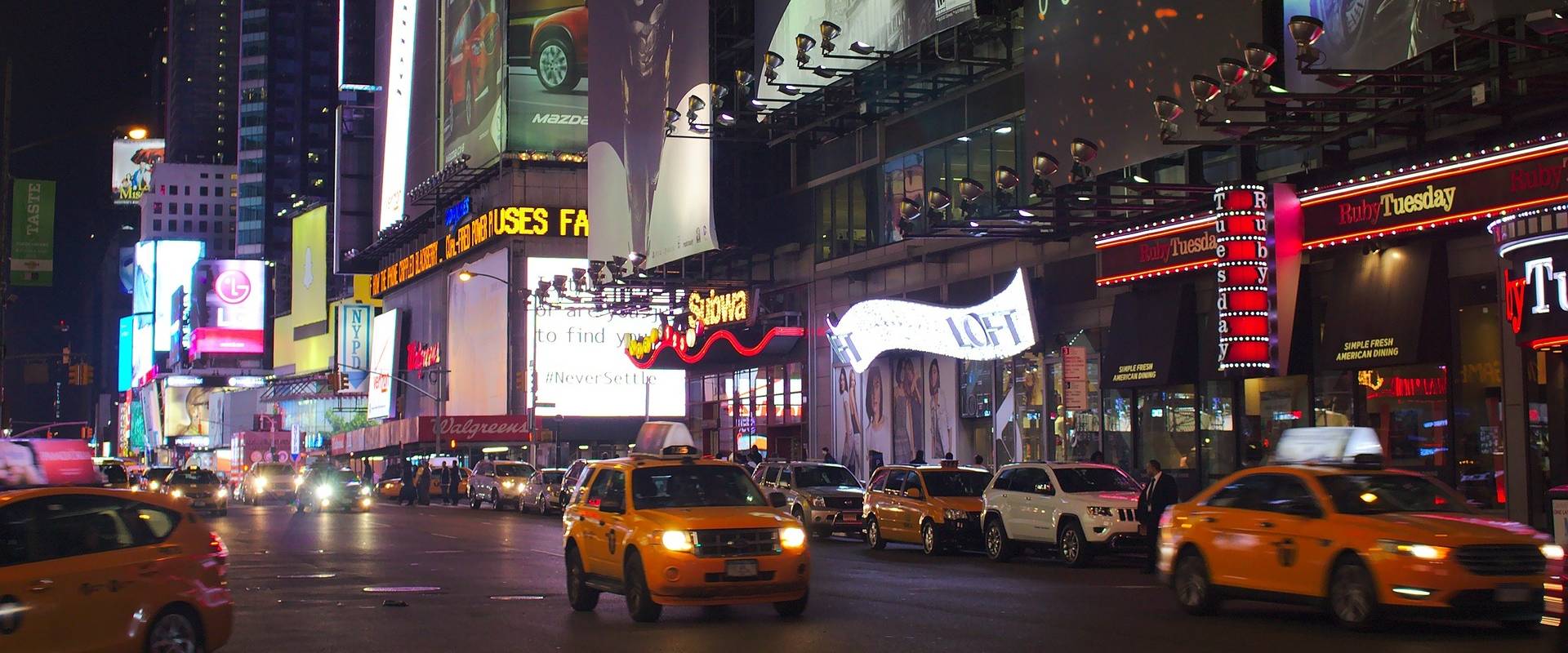Every country has its challenges when it comes to electricity – power generation. Ability to manage this is what makes the difference in just about everything – commerce, healthcare, education, wellness in the house etc- electricity has an impact on just about everything.
There are several solutions that work depending on the environment. This write-up is about the solar-powered electricity generation system that uses crystaline pvc panels.
For a group of customers in a neighbourhood such as Kemta Housing Estate, Idi Aba, Abeokuta – Nigeria,
, the way forward is the micro – or mini – grid system. This is a set of small-scale ‘electricity generators’ (in this instance, PVC crystalline panels) interconnected to a distribution network that supply electricity to the consumers within the locality. Mini and Micro-grids usually operate independently from the national transmission grid.
This is most often funded by all sorts of private equity funding arrangments or even the users.
Solar powered microgrids are used by residential or light commercial consumers. Mini grids are larger configurations, which can power large commercial outlets, universities, factories, towns and even big cities. Microgrids or mini grids can complement the conventional power grid when electricity demand is high as happen regularly in such cosmopolitan environments like London where they have peak periods in the evenings or during special events sports like football matches. Automatic change over switches ensure seamless changes.
There are all sorts of fuels that are used to drive or power the grids. Many of them are briefly discussed later in this write- up.
For this write up, emphasis is on solar panels and inverter installations. this is a convenient, quick – fix solution to this problem of inconsistent or no electricity supply. During the daytime, so long as the sun shines, electricity is generated. For night use, this is stored in special batteries. It saves money compared to the cost of fuel for diesel or petrol generator (900 Niara / litre?). It is environment – friendly and also reduces noise and air pollution caused by the generator.
For such an environment as a mini-town or an estate, the solution is to have what is termed a solar farm This is an installation of a large array of SOLAR PANELS. These are now connected to inverters, batteries and other components. Consumers are supplied via power cables that are connected to their premises.
Many homes already have their solar powered sources connected to their homes. These are however rarely put to optimum use and can be extremely expensive.
The advantages for the solar – powered mini-grid include-
- commercial system however is that during off-peaks,
- the engineers can channel excess power to other users.
- Initial cost outlay for the consumer is relatively cheaper
- consumers ‘buy -on -demand’
- no maintenance headaches
- the system can be scaled up / tailored to demand by supplier
COST- The proposed engineering firm, RUBITEC Solar, after necessary surveys will come up with this.
Funding –
There are a number of solutions to this- the GBAMU-GBAMU template was done via all sorts of crowd-funding. Investors may be from
- Venture capitalist aka Private equity funding
by
- Members in the neighbourhood (the consumers)
- Landlords /property owners that are non- residents
- Outsiders both local and international- there are all sorts of investors that are glad to invest so long as the return on investment is worthwhile.
Furthermore-
As informed above,
Some of the factors that affect the issues of regular flow of electricity include
- fuel type / source
- generation
- distribution
Apart from fossil fuels – natural gas, diesel etc, many of the fuel types that are available and in abundance in Nigeria for efficient use include coal, wind (wind turbines), hydro(water driven turbines even for small rivers or lagoons like Odo-Ogun) bigger dams like Kainji and Mambilla, steam turbines – gas and LNG, coal, MSW – Municipal Solid Waste (the rubbish, sorted household (the rubbish that are collected in the houses and industrial wastes (I understand Lafarge, Ewekoro buys crushed wastes – cashew nut husks etc from Nestles, Agbara to fire kilns); and SUN – solar – powered.
Geothermal energy (used commercially to generate electricity in .– heat that is generated from the earth. It is also somewhat used in Nigeria – not the warm waters like Ikogusi Springs. In Isheri North, Ogun State, the housing estate, Lonex Gardens generates hot water naturally at circa 80 Celsius. This is hot enough for the staff to make eba. What they did was to dig right into the earth’s core, so deep that hot water gushes out without the need of any pump. Due to pressure, the further down it is, the hotter it becomes; the hotter also is the temperature -so, we are told in the science class.
Of all these, the fuel that is directly available, always in abundance at the point of use is the solar energy. Its major challenge is that it’s only available at day time. The energy so generated has to be stored for night’s use.
For all others, there is forever the issues of fuel transport from source, all the way to point of generation. The electricity so generated then has to be transmitted from source – generator to the consumers.
For Nigeria, the transmission cables are old and obsolete. Even where these have been replaced, there are bound to be issues especially due to force – majeur, the interminable NATIONAL GRID COLLAPSE
For Nigeria, the main consultant is Siemens. Officially, Nigerians are told to expect regular supply by 2030. BUT ask any of their engineers: Off records, not in foreseeable future given the type of infrastructure that is in place.
Why?
Sina Oduko



